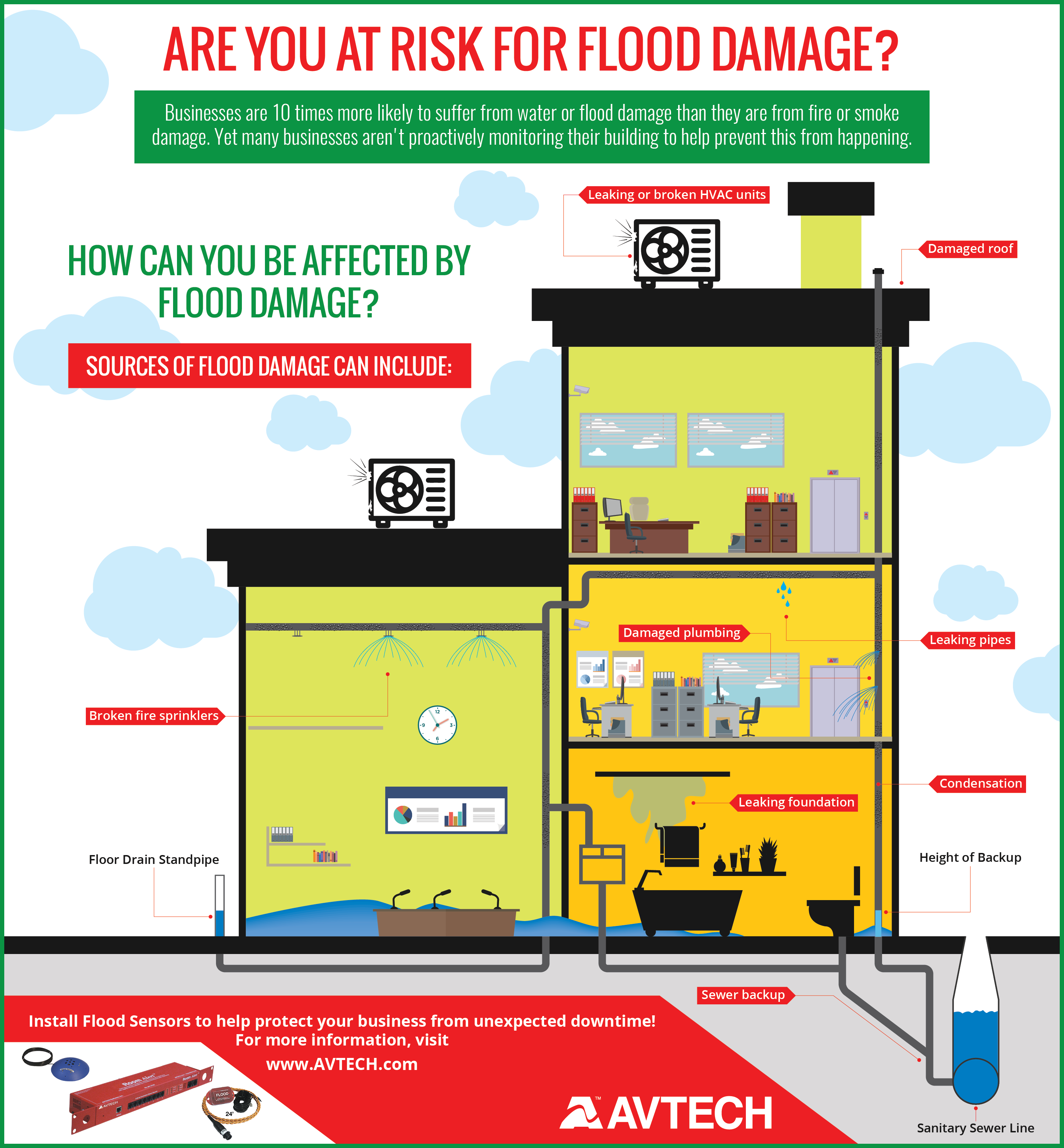When examining the stability of solar power versus typical power sources, you might find yourself contemplating the long-lasting sustainability and effect on your finances. The detailed balance between first expenses, ongoing expenditures, and environmental implications increases sixty-four-thousand-dollar questions concerning the future of power generation. As you browse through the complexities of this comparison, a much deeper understanding of the subtleties in cost-effectiveness, ecological stewardship, and power safety waits for exploration.
Cost-Effectiveness Comparison
When contrasting the cost-effectiveness of solar energy with standard energy sources, it ends up being apparent that preliminary investment distinctions play a crucial role in identifying long-term cost savings.
While solar energy systems require a greater in advance investment for setup and equipment, they provide considerable long-term advantages that can exceed the preliminary expenses. The key depend on comprehending that solar power systems have marginal recurring functional and upkeep expenses compared to conventional power sources like nonrenewable fuel sources.
By investing in solar power, you can potentially save money on energy costs over the system's life expectancy. Furthermore, with developments in technology and reducing installation costs, solar power has become more accessible and affordable for house owners and companies alike. These financial savings can accumulate over time, supplying a roi that surpasses typical energy resources.
In addition, solar power systems supply the benefit of power freedom and stability versus varying utility rates. By using the power of the sunlight, you contribute to a cleaner setting and decrease your carbon footprint. Embracing solar power not just advantages your wallet but additionally the planet in the long run.
Environmental Impact Analysis
Solar power provides an encouraging alternative to typical power sources due to its considerably reduced ecological influence. Unlike fossil fuels that produce dangerous greenhouse gases and add to air contamination, solar energy generates power without generating any emissions.
visit the following page of harnessing solar power involves capturing sunshine through photovoltaic panels, which does not release any toxins right into the atmosphere. This absence of emissions helps in reducing the carbon impact related to power production, making solar power a cleaner and extra lasting option.
Additionally, the use of solar energy contributes to preservation initiatives by reducing the need for finite sources like coal, oil, and natural gas. By relying on the sunlight's abundant and renewable energy resource, we can assist protect natural habitats, protect ecosystems, and alleviate the unfavorable impacts of source extraction.
Dependability and Power Landscape Assessment
For a comprehensive evaluation of integrity and the energy landscape, it's essential to evaluate just how solar power contrasts to standard resources. navigate to this website is pushing on as a reputable and sustainable energy source. While traditional resources like coal, oil, and gas have been historically leading, they're finite and add to ecological degradation.
Solar power, on the other hand, is abundant and renewable, making it a more lasting alternative over time.
In regards to integrity, solar power can be depending on weather conditions and sunshine schedule. However, advancements in technology have resulted in the development of energy storage services like batteries, improving the integrity of solar energy systems. Traditional sources, on the other hand, are vulnerable to price fluctuations, geopolitical stress, and supply chain disruptions, making them much less reliable in the long-term.
When examining https://garrettepyxe.blogpayz.com/30330318/kickstart-your-journey-to-a-brighter-much-more-lasting-future-with-solar-energy-for-your-home-and-discover-the-game-changing-advantages-waiting-for-you , solar power offers decentralized energy production, minimizing transmission losses and raising energy safety and security. Traditional resources, with their centralized power plants, are a lot more at risk to disturbances and need substantial infrastructure for circulation.
Conclusion
Finally, when comparing solar power to traditional energy resources, it is clear that solar power uses an affordable, environmentally friendly, and trustworthy choice. With marginal operational costs, possible cost savings on utility costs, and a significantly lower environmental influence, solar power is ending up being a much more lasting and protected alternative. Embracing solar power can help reduce greenhouse gas emissions and add to conservation efforts, making it an engaging selection for the future.
